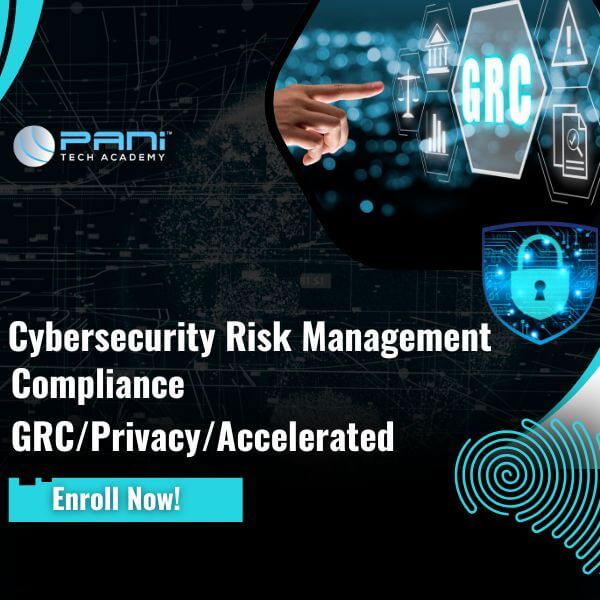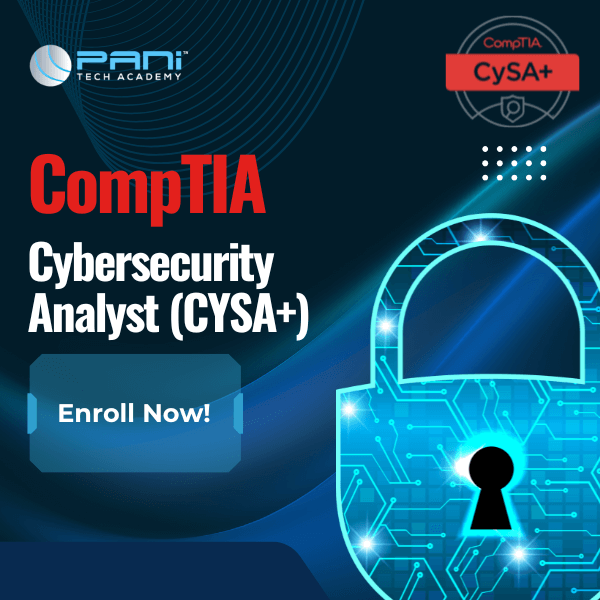Instructor-led Best Seller
Splunk Enterprise Security (ES): The Complete Training Course course description in Prince William County
What You Will Learn -
1. Introduction to Splunk ES
-
Overview of Splunk ES features and architecture
-
Understanding the role of ES in a modern SOC
-
Key components: dashboards, correlation searches, and incidents
2. Security Monitoring and Incident Investigation
-
Navigating ES's Security Posture and Incident Review dashboards
-
Investigating security incidents using notable events
-
Leveraging investigation workflows for root cause analysis
3. Analyst Tools and Data Sources
-
Understanding data models and source types used in ES
-
Utilizing security domains, event types, and CIM compliance
-
Applying key analyst tools like Risk Analysis, Threat Intelligence, and Search
4. Splunk ES Deployment and Installation
-
Deployment architecture considerations
-
ES installation process and licensing
-
Performing initial configuration and hardening the environment
5. Validating and Onboarding Data
-
Verifying data source compatibility with ES
-
Ensuring CIM compliance and field normalization
-
Troubleshooting and validating data flows in ES
6. Custom Add-ons and Data Enrichment
-
Working with custom add-ons for non-standard data
-
Field mapping and creating custom extractions
-
Integrating context-enrichment data like GeoIP, Asset, and Identity
7. Tuning and Creating Correlation Searches
-
Understanding how correlation searches work
-
Tuning existing correlation rules for better accuracy and noise reduction
-
Creating and scheduling custom correlation searches
8. Asset and Identity Management
-
Defining assets and identities in Splunk ES
-
Managing asset/identity lookups and data integration
-
Using identity data to enhance event correlation
9. Threat Intelligence Framework
-
Integrating threat intel feeds using TAXII/STIX
-
Managing and applying threat indicators
-
Leveraging threat intel in correlation searches and dashboards
Jobs that you can apply for after taking the Splunk Enterprise Security (ES): The Complete Training Course program in Prince William County
SOC Analyst (Tier 1, 2, or 3)
SIEM Engineer / Splunk Engineer
Cybersecurity Analyst
Security Operations Center (SOC) Lead
Threat Intelligence Analyst
Incident Responder
IT Security Administrator
Compliance Analyst / Auditor
What you'll learn in this Splunk Enterprise Security (ES): The Complete Training Course course in Prince William County ?
-
-
-
-
Requirements
- Basic Splunk Knowledge
- Cybersecurity Background
Instructor-ledSplunk Enterprise Security (ES): The Complete Training Course
Flexible batches for you
FAQ about our Splunk Enterprise Security (ES): The Complete Training Course course
Splunk Enterprise Security (ES): The Complete Training Course Certificate

Earn Your Certificate
Splunk Enterprise Security (ES): The Complete Training Course Course Curriculum
-
Introduction to Splunk ES
.
-
Security Monitoring and Incident Investigation
.
-
Analyst Tools and Data Sources
.
-
Splunk ES Deployment and Installation
.
-
Validating and Onboarding Data
.
-
Custom Add-ons and Data Enrichment
.
-
Tuning and Creating Correlation Searches
.
-
Asset and Identity Management
.
-
Threat Intelligence Framework
.
Splunk Enterprise Security (ES): The Complete Training Course Training Review
Top Latest Couse
-
CompTIA Security+ 701 Training | CompTIA Security+ CertificationWhat is CompTIA Security+? CompTIA Secu...$2000
-
Cybersecurity Risk Management, Compliance, GRC/Privacy/ Accelerated BootcampThis program provides an in-depth analys...$2000
-
Complete Security Operation Center (SOC) Analyst CourseThis is the BEST SOC analyst course that...$2500
Latest Course
-
CompTIA Security+ 701 Training | CompTIA Security+ CertificationWhat is CompTIA Security+? CompTIA Secu...$2000
-
Cybersecurity Risk Management, Compliance, GRC/Privacy/ Accelerated BootcampThis program provides an in-depth analys...$2000
-
Complete Security Operation Center (SOC) Analyst CourseThis is the BEST SOC analyst course that...$2500







Write a public review